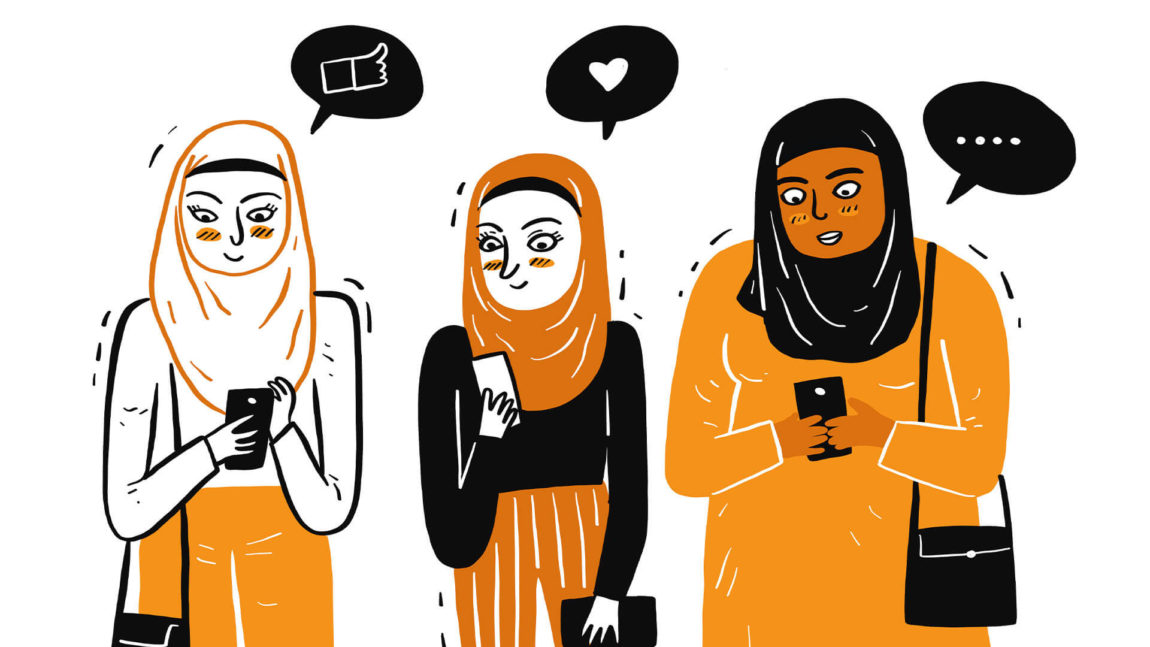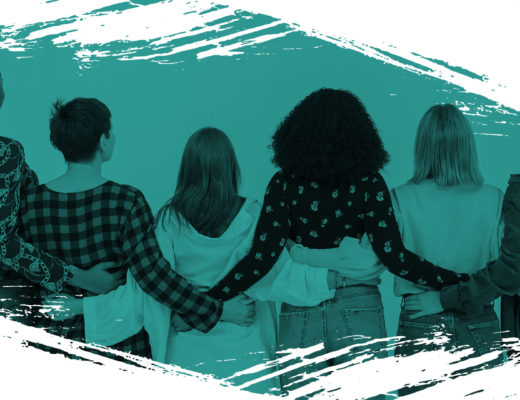In the modernized twenty-first century we live in, it may sound rather archaic to consider that part of the world population is still neglected its rights to preference of personal clothing.
Nonetheless, the oriental society seems to have reached a dire step back in women’s rights when the Islamic politic-military force of Taliban reclaimed the capital of Kabul and seized control over the Afghan country last August.
With the new Taliban government established and the departure of U.S. troops, the fate of Afghan women is uncertain.
Now, gender policies and women’s rights are at stake once more: Rights to appear in public, to work, education, adequate health care, before the law and personal dress.
In response, Afghan women all over the world are protesting against Taliban diktat and their devious promises to female Afghan citizens by sharing colorful traditional Afghan dresses in social media in order to reject the mandated shameful head-to-toe black hijab and burka.
Although traditional hijab and burka outfits have always existed before Kabul’s fall in Islamic religious culture, this had always been a family decision garment preference and not a government-based imposed dress code.1
Before U.S. invasion in 2001, women in Afghanistan were treated as second class citizens, subjecting them to forced marriage, little access to money, no rights to work or education, violence and practically a non-existent rightful life presence among the community. They were invisible and excluded from society and were seen as “sources of corruption” for men.1
Progress in women’s right had been made until Taliban’s force took over and now, Afghan women’s fate is a roll of the dice.
“Women in Afghanistan can continue to study in universities, including at postgraduate levels, but classrooms will be gender-segregated and Islamic dress is compulsory, the Taliban government’s new higher education minister [Abdul Baqi Haqqani] said Sunday [September 12]” – The News Minute.2
Taliban regime claimed that this time is going to be different: women’s rights will be pursued and respected. But the truth is there is no female representation in the government who stands for women needs and rights.
Besides, the military regime heavily suggests women to stay home and “away from work until the security situation improves”.3 How can a government promise labor and education rights to women when they can’t even guarantee their safety?
Only draconian conditions followed by great severity and heavy punishment for those who oppose the Taliban’s anti-modernist Islam practices.
It is absolutely intolerable that in this time and era, clothing is imposed to women with laws made by men.
Although clothing and personal appearance can be part of cultural and religious scopes of a society, it’s an undeniable essential part of a woman’s identity. Any women should feel free to wear and express themselves through clothing and accessories according to their own beliefs, preferences and will. It should never, under any clause, be imposed.
A black hijab and burka from head to toe it’s a shameful and embarrassing camouflage and a direct disrespect to a woman’s choice. It is the equivalent of living in a personal secluded moving tent as part of a severe punishment, detonated only by gender policies. Simply immoral, denigrating and humiliating.
Silenced and oppressed. That’s what that poor excuse of garment inspires to anyone wearing it. If we complain about mask hiding people’s expressions, mouth movements and reactions, how do Afghan women feel by having their entire body sealed away from public?
Traditional Afghan outfits comprise of long-sleeved dresses with a full skirt, known as a Kamiz or Firaq, and loose trousers called Partug.
“Black attire, Burqa, and Niqab are not and never been part of the Afghan Culture,” Zahra Sultani, Afghan refugee in Canada, stated, alongside a picture of herself and three other women wearing colorful and traditional Afghan clothes,4 joining the protest movement #DoNotTouchMyClothes and #AfghanistanCulture started by Dr. Bahar Jalali.
Culture should be preserved, yes. But not at the expense of women’s rights. And definitely not at the expense of ideologies and religious codes’ wrong interpretations imposed by a group of radical religious tyrants who only want to oppress and repress women.
1 L. Goodson (2002). Anti-Modernist Islam: Understanding Taliban Treatment of Women in Afghanistan. Retrieved from: https://escholarship.org/uc/item/9g15x848
2 The News Minute (2021, September 13). Women can study only in gender-segregated units, Islamic dress is compulsory: Taliban. Retrieved from: https://www.thenewsminute.com/article/women-can-study-only-gender-segregated-unis-islamic-dress-compulsory-taliban-155202
3 BBC News. (2021, September 12). Afghanistan: Taliban announce new rules for female students. Retrieved from: https://www.bbc.com/news/world-asia-58537081
4 Sultani, Z [@zahrasultani_]. (2021, September 12). Black attire, Burqa, and Niqab are not and never been part of the Afghan Culture. Here’s a few different types of traditional Afghan attire for women. It’s colourful, modest, practical, and more importantly beautiful [Tweet]. Twitter. Retrieved from: https://twitter.com/zahrasultani_/status/1437103360017117187?ref_src=twsrc%5Etfw




